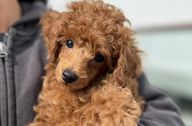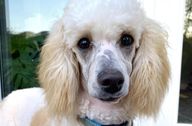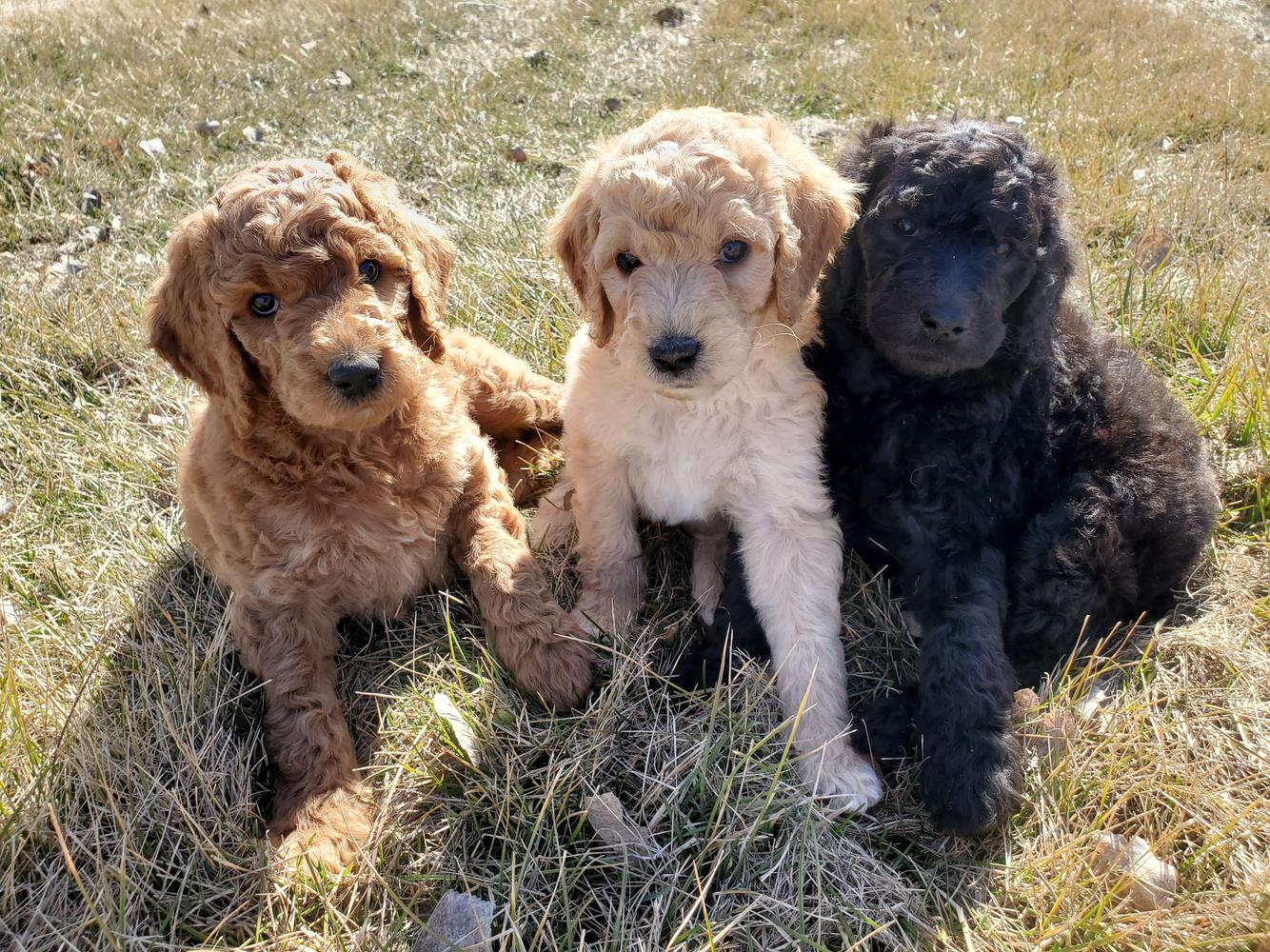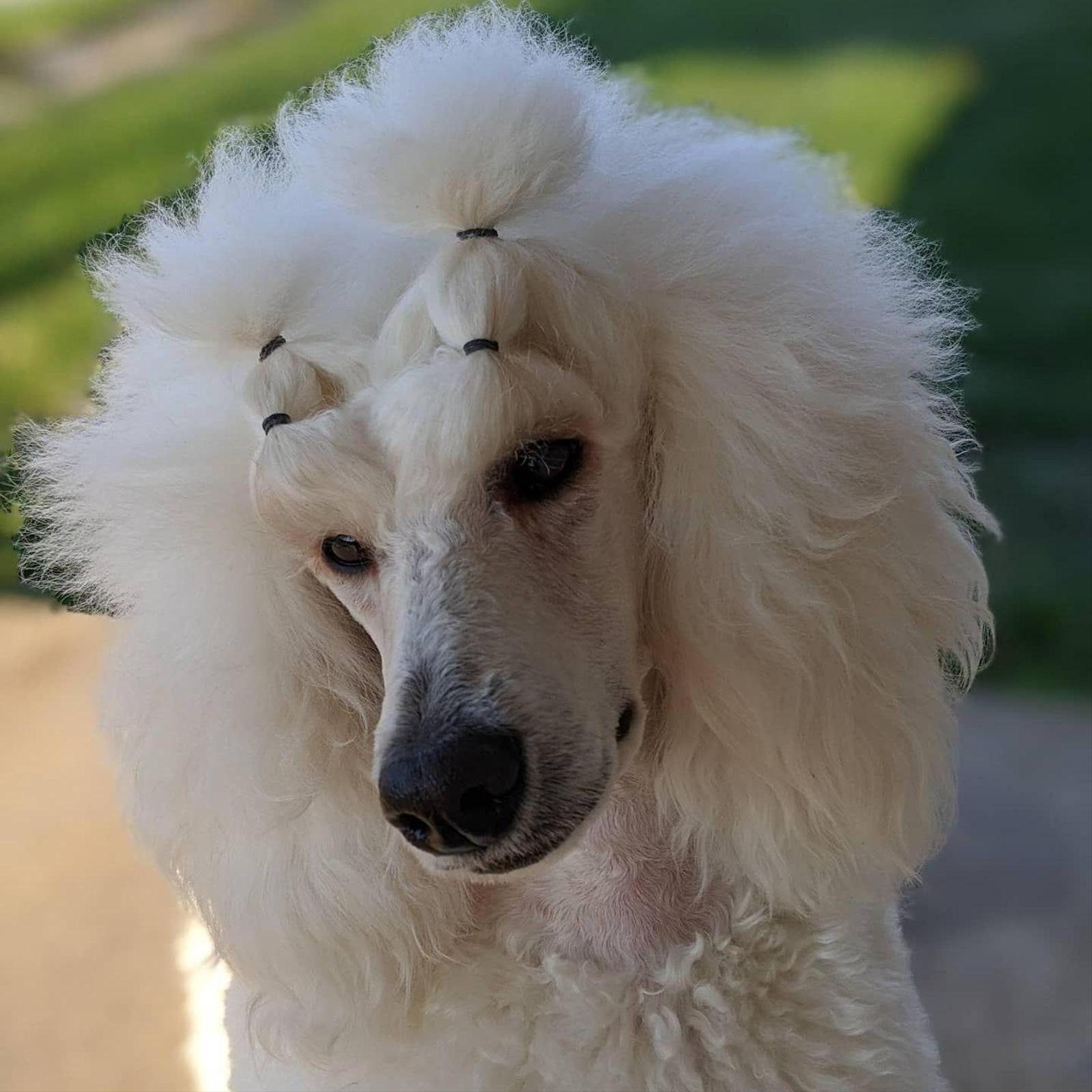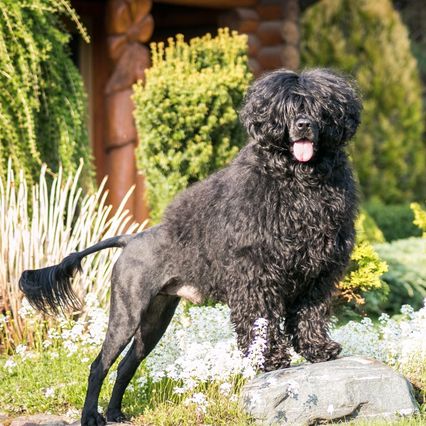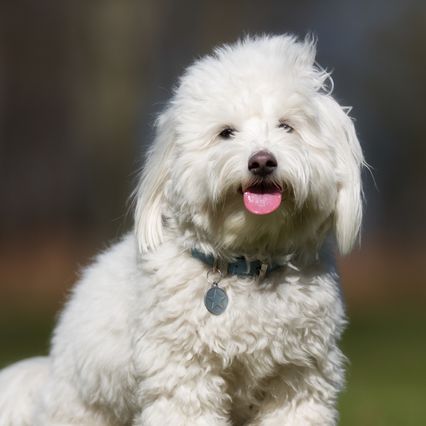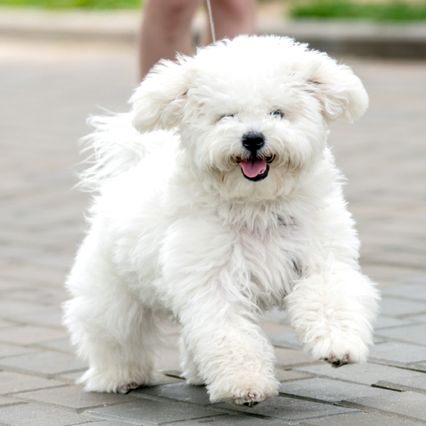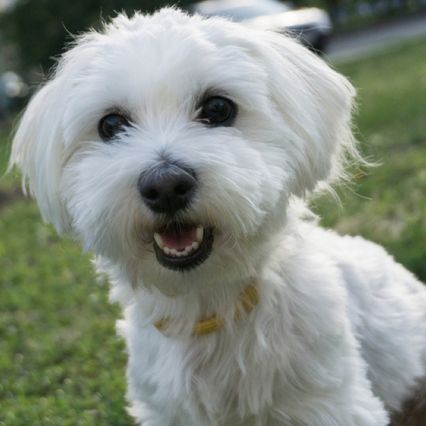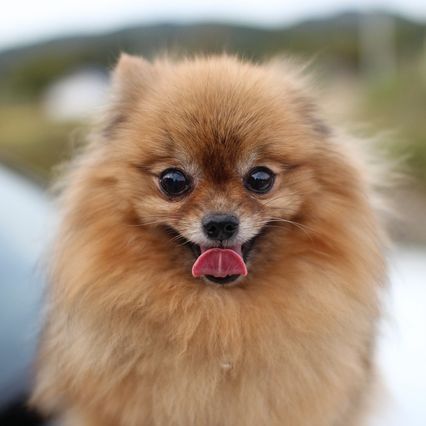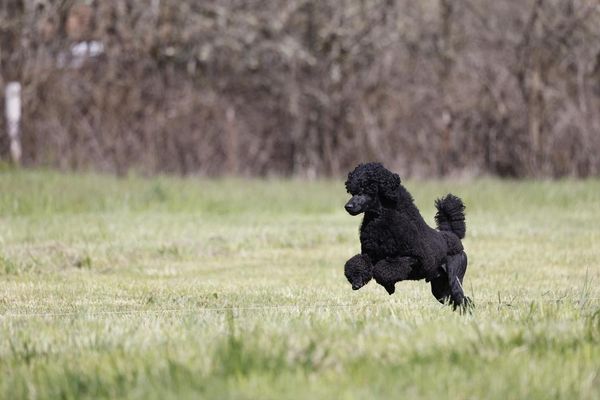
Get to know
Poodles

Veterinarian reviewed
Poodles are one of the most popular breeds throughout the world. And they deserve to be.
Browse available puppies
Connect with reputable breeders to find the dog of your dreams
At a glance
Moderate Energy
Energy level
3/5
High Maintenance
Grooming
5/5
Toy and Mini: Extra Small-Small; Standard: Medium-Large
Size
Affectionate, lively, smart
Temperament
10-18 years
Lifespan
Highly Trainable
Training
5/5
Vocal
Barking
4/5
At a glance
Energy level
Moderate Energy
Grooming
High Maintenance
Size
Toy and Mini: Extra Small-Small; Standard: Medium-Large
Temperament
Affectionate, lively, smart
Lifespan
10-18 years
Training
Highly Trainable
Barking
Vocal
Why people love the breed
Different people love Poodles for different reasons. That’s because Poodles are the chameleons of the dog world, with something for just about anyone.
Appearance
From the show-ring Poodle with its bouffant hairstyle to the sporting Poodle with its clean-shaven lines, Poodles are eye-catching however they’re styled.
Grooming
Grooming can be extensive. Most people choose to have their Poodles professionally groomed.
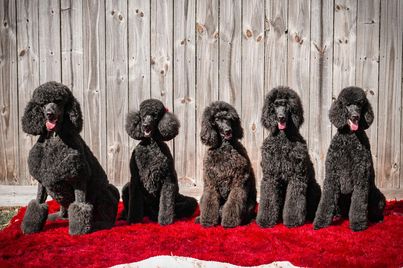
Lingo Standard Poodles
Breed temperament and characteristics
Poodle temperament is so sought after that they were the most popular pure breed in America for decades, and now one of the most popular breeds used in cross breeding.
Exercise
Poodles are athletic dogs that need to exercise their body and mind every day. They’re active, but not hyperactive.
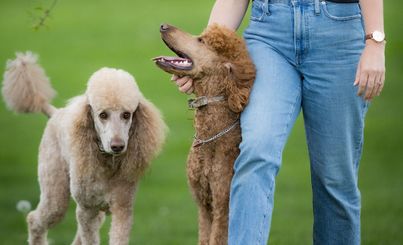
Lexington Poodle Company
Training
Poodles are among the easiest dogs to train. They were originally used as water retrievers, and then circus performers. Both of these jobs required a dog that was highly intelligent and extremely biddable.
Diet and nutrition
Different Poodle sizes may require different foods and schedules, at least for puppies.
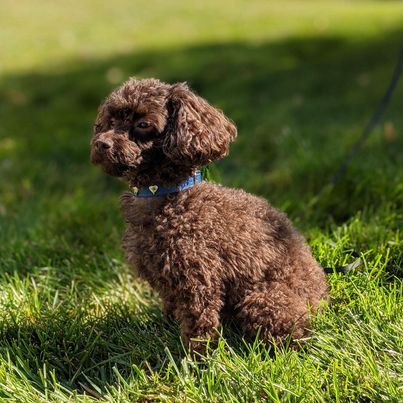
Denver Poodle
Health issues
The list of Poodle health conditions seems long, but that’s because the breed has a long history of popularity, and the health problems include many that are particular to just one size variety.
Lifespan: 10 to 18 years.
Hip dysplasia
Common in large breed dogs, this complex condition involves both genetic and environmental factors and arises when the head of the femur doesn’t fit in the pelvic socket, causing arthritis and lameness. No genetic test is available to date, therefore, the recommended screening test is x-rays.
Legg-Calve-Perthes disease
Or, avascular necrosis of the femoral head, is another disease of the hip socket, in which the head of the femur begins to degenerate at an early age.
Patellar luxation
In which the kneecap slips out of the groove in which it should be nested, causes lameness and arthritic changes. It occurs mostly in small breed dogs.
Sebaceous adenitis
An immune-mediated disorder that targets the sebaceous glands of the skin, causing hair loss, occurs more often in Poodles than other breeds.
Other health issues
Gastric dilatation-volvulus (GDV), distichiasis, cataracts, ear infections, hyperadrenocorticism
History
The Poodle’s history spans continents and centuries.
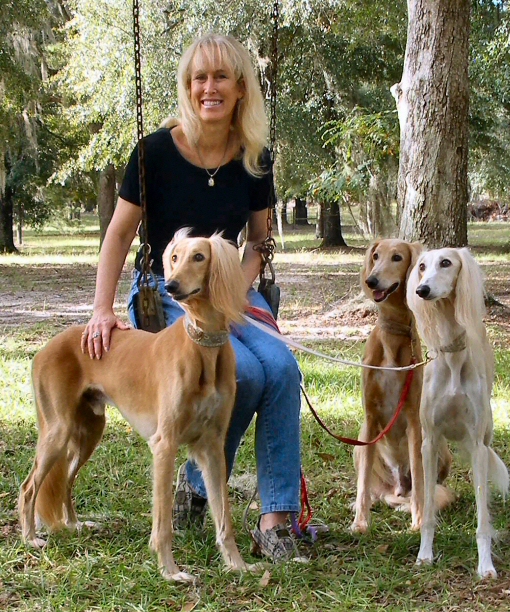
About the author
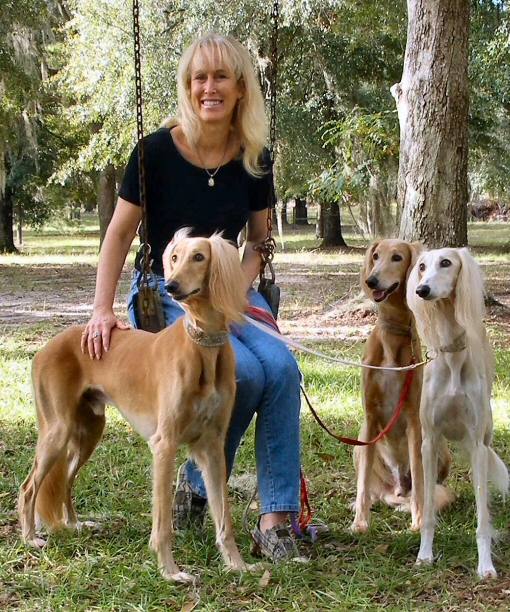
Canine specialist, Caroline Coile, Ph.D., is the author of 34 dog books, including the top-selling Barron's Encyclopedia of Dog Breeds. She’s written thousands of magazine and web articles about dogs. She specializes in canine science, health, breeds and competitions. Caroline has won 20 national dog-writing awards, and was a 2015 Inductee into the Dog Writers Association of America Hall of Fame.
Veterinarian reviewed

Dr. Nate Ritter, DVM is the Veterinary Medical Director at Good Dog. He earned his Bachelor of Science in Biology from Lafayette College and his Doctor of Veterinary Medicine degree from Virginia-Maryland College of Veterinary Medicine. He is a member of the American Veterinary Medical Association, New York State Veterinary Medical Society, the Veterinary Medical Association of New York City, and the Society for Theriogenology. Additionally, he is a USDA-accredited veterinarian.

Breed Scorecard
Characteristics and temperament
Affectionate with family
4
Watchdog level
5
Playfulness
5
Adaptability
4
Social needs
5
Temperament
Affectionate, lively, smart, trainable
Intelligence
5
Good with other dogs
4
Good with cats or other pets
4
Friendly with strangers
4
Good as a service dog
5
Good for apartments
4
Barking level
4
Appearance
Height
10-22"
Size
Toy and Mini: Extra Small-Small; Standard: Medium-Large
Colors
Sable (non-standard), Apricot, Black, Blue, Brown, Cafe au lait, Cream, Red , Gray, Silver, Silver-beige , White, Parti (non-standard), Phantom (non-standard), Brindle (non-standard)
Coat texture
Curly, harsh, dense, puffy
Coat length
Long, double coat with facial hair
Training
Trainability
5
Exercise
Exercise needs
3
Exercise time
1 to 1 and a half hours
Mental exercise needs
4
Favorite activities
Retrieving, swimming, obedience, agility, tricks
Grooming
Grooming needs
5
Brushing frequency
Daily
Needs professional grooming?
Yes
Drooling level
1
Health issues
Hip dysplasia
Legg-Calve-Perthes disease
Patellar luxation
Sebaceous adenitis
Other health issues
Other
Bred for
Retrieving in water. (Later, circus performer)
Country of origin
Germany
Popularity level
5
FAQs
On Good Dog, you can search for Poodle puppies or dogs in rescues and shelters. Adopting a Poodle from a shelter or rescue is generally less expensive than buying a puppy from a breeder with ethical practices. Across the United States, there are dedicated rescues that specialize in specific breeds and may even help transport a Poodle dog to you from another part of the country. Although it can be more cost-effective, adopting the exact breed you're looking for is typically more difficult than working with a responsible breeder. Learn more about adopting a dog from a shelter or rescue.
The typical price for Poodle puppies for sale may vary based on the breeder and individual puppy. On average, the price of Poodle puppies from a breeder is $2,150.
No, most Poodles are active, but not hyperactive nor anxious.
They need a lot of grooming. The coat grows fast and mats easily. Professional grooming can be expensive. Otherwise, that's it.
They can bark a lot when excited. This is especially true for the smaller varieties. But they don’t tend to just sit there and bark and bark for no reason.


















































































































































































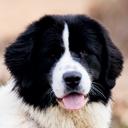.jpg?type=smart&crop=48x48)











































































































































































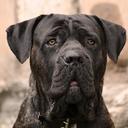-.jpg?type=smart&crop=48x48)

















